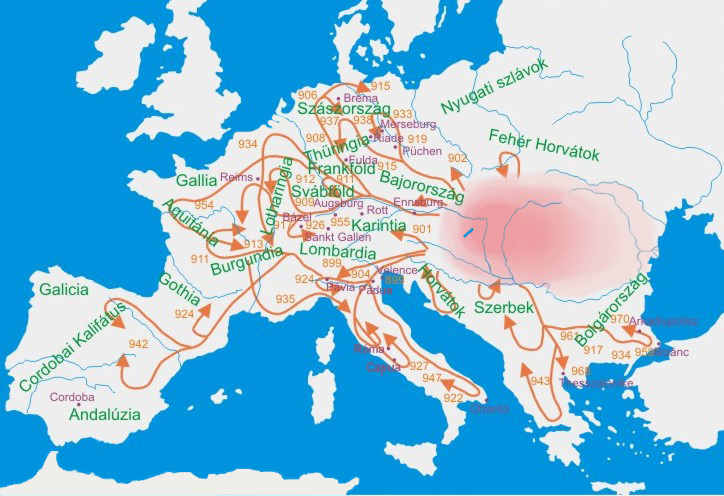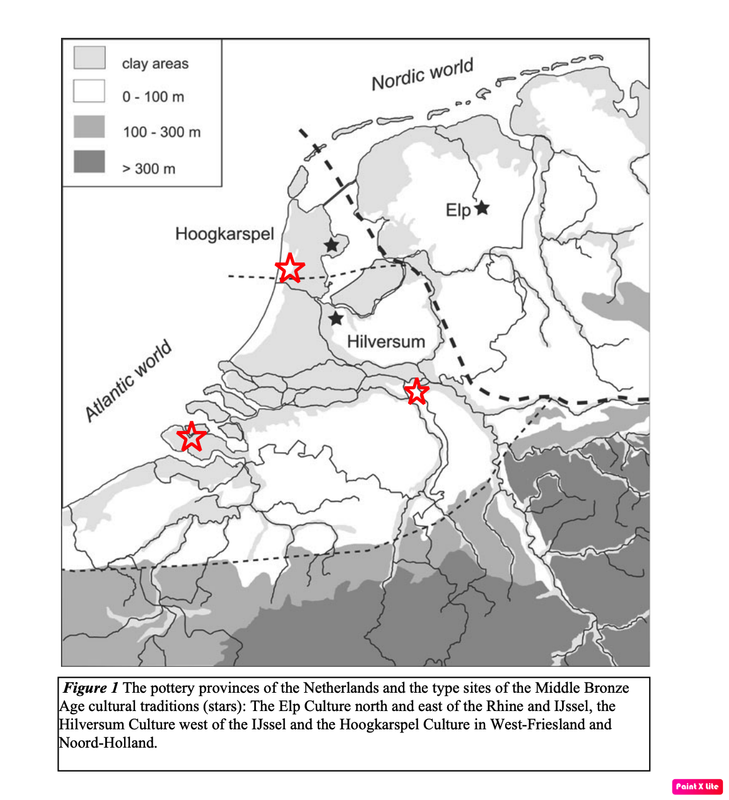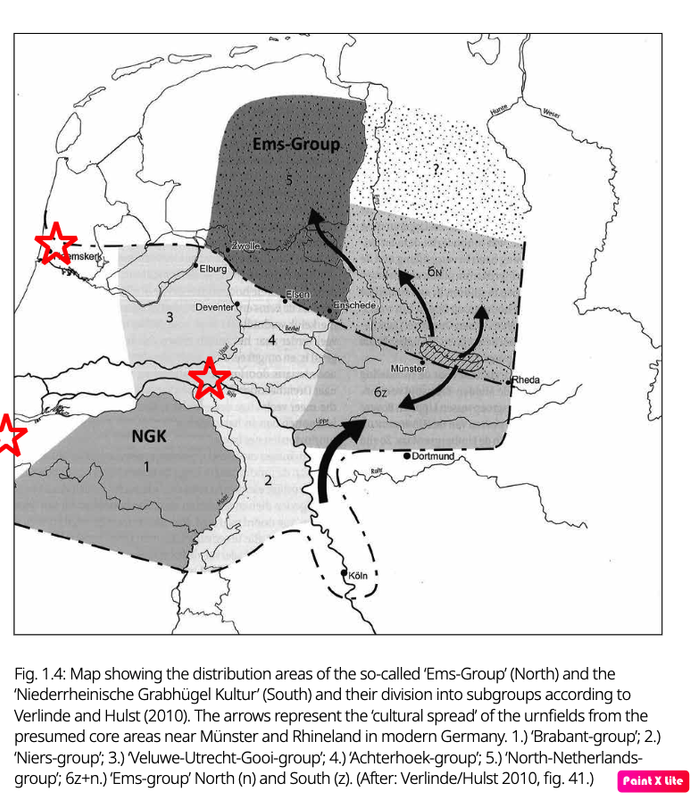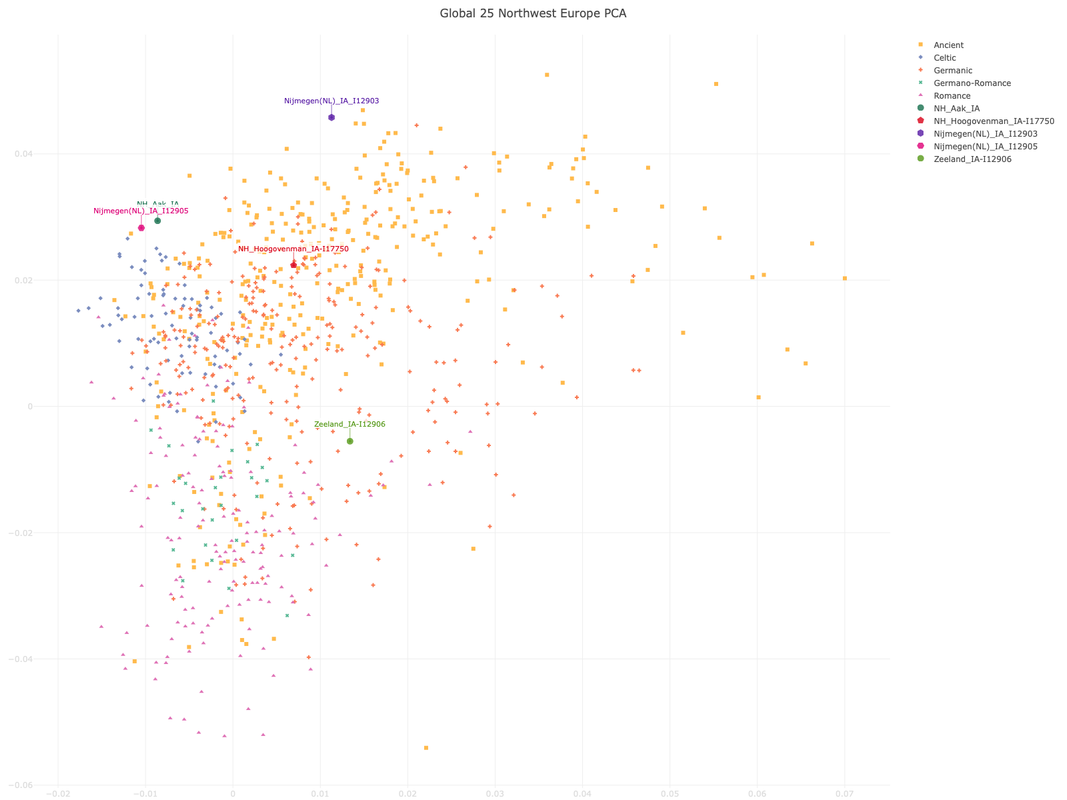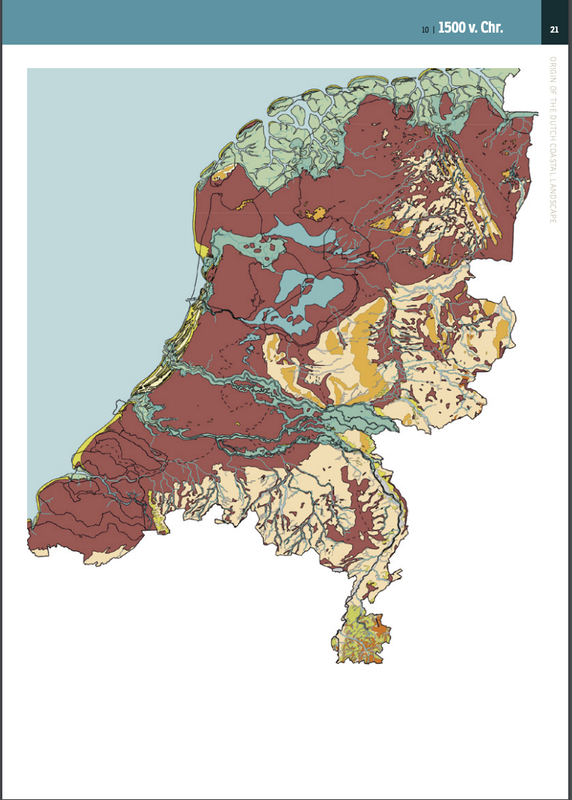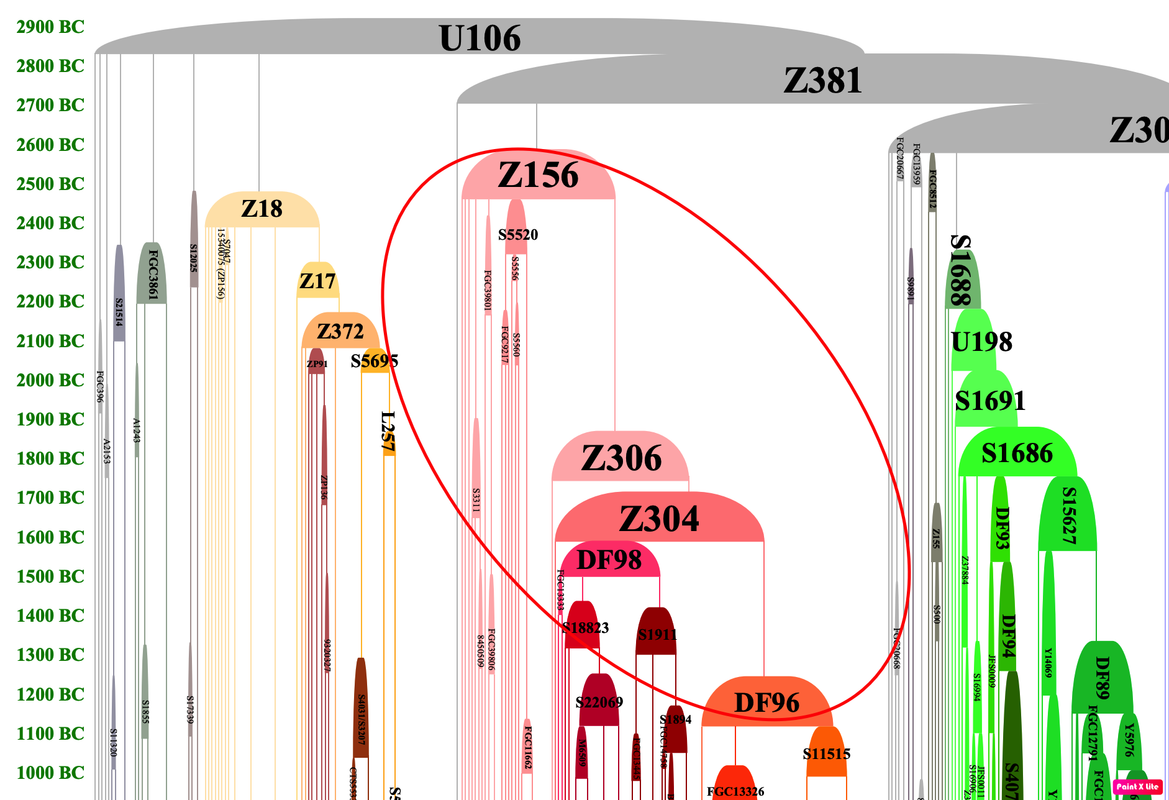MOESAN
Elite member
- Messages
- 5,878
- Reaction score
- 1,291
- Points
- 113
- Location
- Brittany
- Ethnic group
- more celtic
- Y-DNA haplogroup
- R1b - L21/S145*
- mtDNA haplogroup
- H3c
La Tene is the Gauls and La Tene is the only culture which can be clearly linked with the Celtic ethnicity, unlike Urnfield or Hallstatt, which had different archaeological groups and were most likely multi-ethnic. La Tene is THE classically Celtic culture. Hallstatt was not, not even for the Celtic parts of it, because La Tene was a cultural and social revolution, even in the Western Celtic territories, were old aristocratic upper classes and religious ideas were destroyed and replaced by new ones. Many associate that with Greek ideas, because in Greece there were at that time new social phenomenons and (democratic) ideas as well. Hallstatt was strictly hiearchic, most likely like a caste society and in some regions even different elements in the upper class than in the common populace.
We can also see that there were pockets of old Hallstatt groups, which seem to have been conquered, destroyed or assimilated by the La Tene Celts. So this was a very clear divide. Like in Central Germany, there was a whole belt of conservative Hallstatt cultural elements with huge fortifications. They were destroyed in a huge pincer movement of La Tene Celts and Jastorf Germanics. This is also when (proper) Celts and Germanics came in very direct contact the first time. The Northern part was taken by the Germanics, the Southern by the expanding La Tene Celts.
You have a very precise and seemingly very well documented narrative, about Y-E-V13,Channeled Ware, Hallstatt and so on ; I'm just cautious about the interpretations of all these cultural changes and both their demic causes and consequences. Concerning the quasi destruction of Hallstatt in West by Gaulish Celts and first Germanics I would be glad to have some more supporting clues. These cultural changes are surely linked to some demic moves, but in my mind, I see Celts in these region before Hallstatt and before LaTène. I see more inter-elites exchanges than allover populational changes in West. In West, in place of huge genetic new arrivals after Chalco I see rather progressive osmosis between ethnies and tribes (evidently, not an allover level one, and rather females mediated yet?). Hallstatt is somewhat intrusive in West (N-Alps and around) but not a complete turnover in pop's auDNA, LaTène even less. The Elites were prone to exchanges of prestige goods and personal weapons, and they could sometimes loan the service of foreign technicians for buildings, or foreign artists for some decorative goods;
the sociological/political analysis of the UF/Hallstatt/LaTène period of moves and changes needs knowledge I have not, but since BA we are no more in a pure invasion/replacement model; destructions could be more social sometimes than ethnic, even if one can intensify an other. More my personal interrogations than a sound affirmation.





